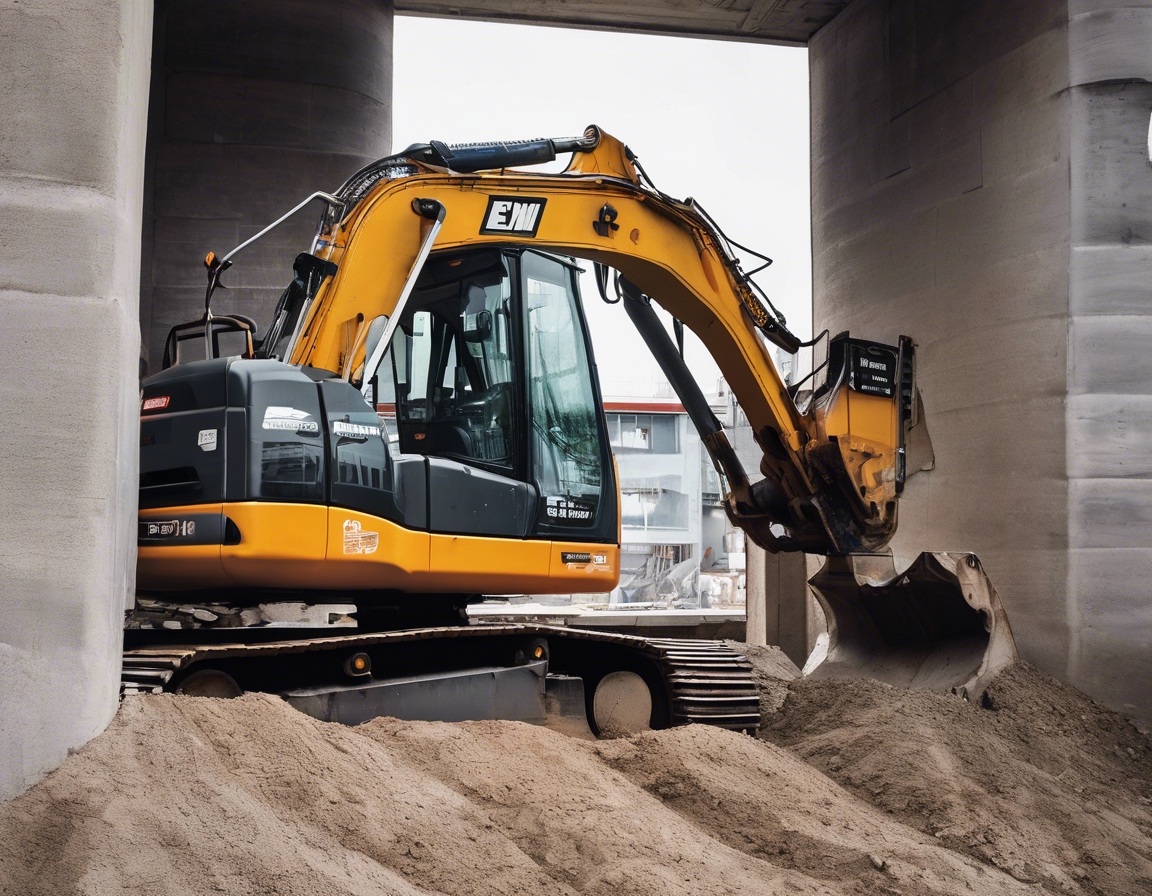Top 5 excavation techniques for efficient earthworks
Excavation is a critical component of construction and earthworks, involving the removal of soil, rock, and other materials to prepare a site for building. The choice of excavation technique can significantly impact the efficiency, cost, and safety of a project. In this blog post, we will explore the top five excavation techniques that ensure efficient earthworks, helping construction companies, real estate developers, and property owners make informed decisions.
Technique 1: Trenching
Trenching involves digging narrow, deep channels in the ground, primarily used for installing utilities such as water, sewage, and electrical lines. It is a fundamental technique in both urban and suburban construction projects.
- Allows for precise installation of underground utilities.
- Minimizes surface disruption, preserving existing landscapes.
- Cost-effective for linear installations.
- Ensure proper shoring and trench safety measures to prevent collapses.
- Use trench boxes and shields for worker protection.
- Conduct thorough site assessments to identify underground hazards.
Technique 2: Dredging
Dredging involves the removal of sediments and debris from the bottom of water bodies. It is essential for maintaining waterways, constructing ports, and reclaiming land.
- Enhances waterway navigation and prevents flooding.
- Facilitates land reclamation for construction purposes.
- Improves water quality by removing pollutants.
- Utilize environmentally friendly dredging techniques to minimize ecological impact.
- Regularly monitor sediment levels to determine dredging frequency.
- Implement sediment management plans to handle dredged materials responsibly.
Technique 3: Site Grading
Site grading involves leveling and preparing the ground for construction. It ensures proper drainage, foundation stability, and landscape aesthetics.
- Prevents water accumulation and erosion.
- Enhances structural integrity of buildings.
- Improves site accessibility and usability.
- Conduct soil tests to determine grading requirements.
- Use laser-guided equipment for precise leveling.
- Incorporate erosion control measures to protect the site.
Technique 4: Vacuum Excavation
Vacuum excavation uses high-powered suction to remove soil and debris, exposing underground utilities without damaging them. It is ideal for sensitive areas where traditional excavation methods may pose risks.
- Reduces the risk of damaging underground utilities.
- Minimizes environmental impact and site disruption.
- Increases safety for workers and nearby structures.
- Conduct utility location surveys before excavation.
- Train operators in vacuum excavation techniques and safety protocols.
- Regularly maintain equipment to ensure optimal performance.
Technique 5: Horizontal Directional Drilling (HDD)
Horizontal Directional Drilling (HDD) is a trenchless method used to install pipelines and conduits beneath obstacles such as roads and rivers. It is a preferred technique for minimizing surface disruption.
- Reduces surface disruption and restoration costs.
- Allows for installations in challenging terrains.
- Environmentally friendly with minimal ecological impact.
- Conduct thorough geological surveys to plan the drill path.
- Use advanced drilling equipment for precision and efficiency.
- Implement continuous monitoring to ensure alignment and safety.






Comments (0)